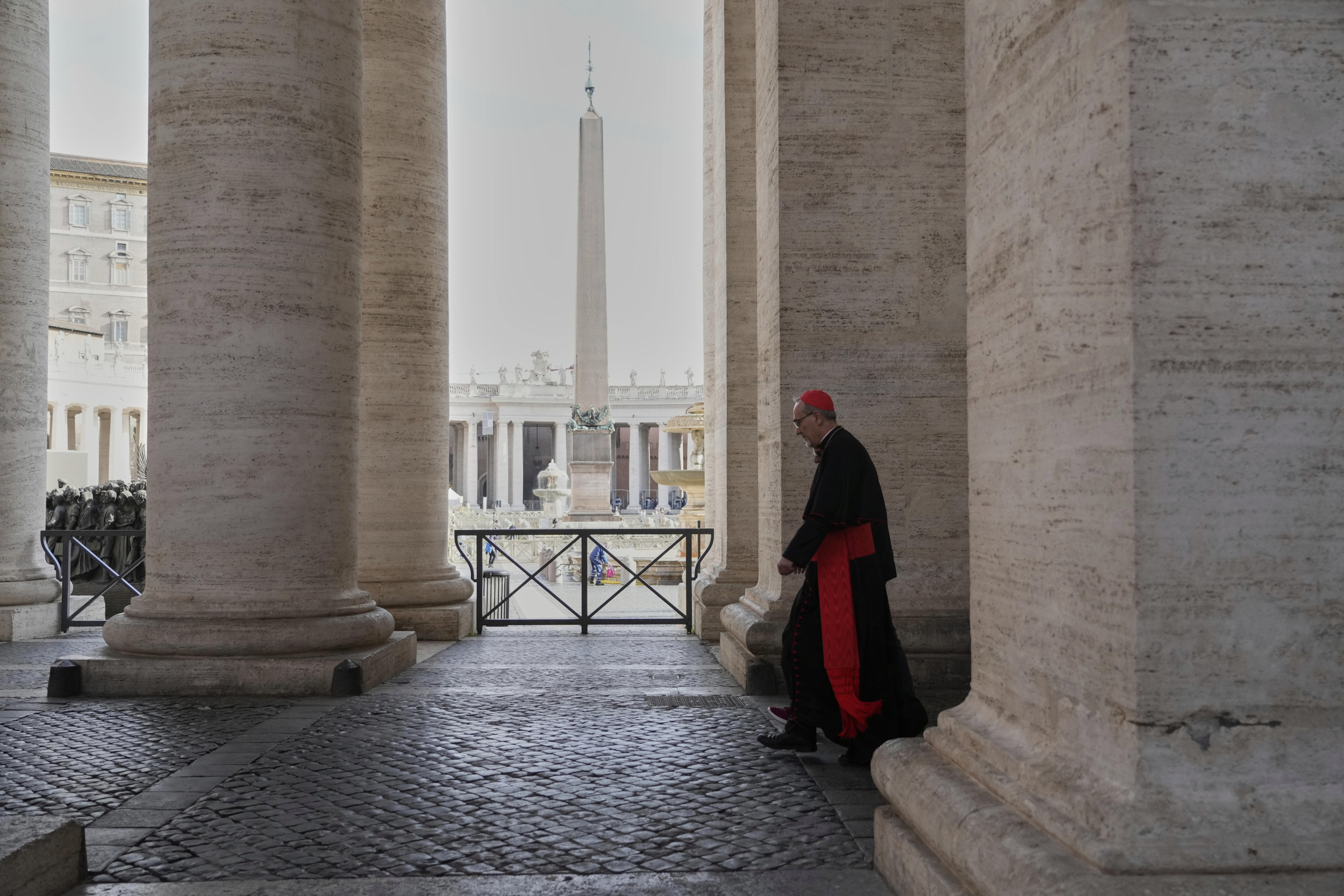
As the conclave to elect the next pope begins Wednesday at the Vatican, four candidates have emerged as clear favorites—Cardinals Pietro Parolin, Luis Antonio Tagle, Matteo Zuppi and Pierbattista Pizzaballa.
They all have more than a 10 percent probability of being selected to replace Pope Francis as the head of the Catholic church, according to the betting site Polymarket.
Why It Matters
The next pope will shape the spiritual direction and administrative governance of the Catholic Church during a critical moment of transformation. As the first conclave of the post-Francis era, it will determine whether the Church continues down the reformist path he charted or shifts toward a more traditional model of leadership.
The outcome carries far-reaching implications—from the Church’s approach to sexuality and doctrine to its geopolitical influence across regions like Africa, Asia, and Latin America, where Catholicism continues to expand.
What To Know
As of Tuesday, Polymarket lists the following odds based on total trading volume of more than $17.6 million:
- Pietro Parolin – 26 percent likelihood, with more than $1.1 million in bets.
- Luis Antonio Tagle – 20 percent, with $1.26 million wagered.
- Matteo Zuppi – 11 percent, with $837,000 in trading volume.
- Pierbattista Pizzaballa – 9 percent, with $861,000 wagered.
These four candidates are the only ones with more than a 10 percent chance of winning, creating a clear tier of favorites going into the conclave. Other notable names such as Péter Erdő, Peter Turkson, and Jean-Marc Aveline remain in the single-digit range, suggesting a sharp drop-off in perceived viability beyond the top four.
AP
How Does the Conclave Process Work?
The conclave begins Wednesday with 135 eligible cardinals—those under the age of 80—gathering in the Sistine Chapel, where they are locked in seclusion from the outside world. The word “conclave” comes from the Latin cum clave, meaning “with a key,” underscoring the strict privacy of the process.
The men will have to swear an oath of secrecy and and are reminded of their duty to seek God’s will above all, according to eCatholic Teachings.
The voting process involves secret ballots, and a candidate must receive a two-thirds majority to be elected.
On the first day, usually only one ballot is cast. From the second day onward, up to four ballots may be conducted daily—two in the morning and two in the afternoon.
After each round of voting, ballots are burned. If no pope is selected, chemicals produce black smoke from the Sistine Chapel chimney.
White smoke, accompanied by the ringing of bells, signals that a new pope has been elected.
The elected cardinal is then asked if he accepts the role. Upon acceptance, he immediately becomes pope and selects a papal name.
The world is notified with the proclamation “Habemus Papam!” (“We have a pope!”), followed by his first public appearance on the balcony of St. Peter’s Basilica.
There, he delivers the Urbi et Orbi blessing—to the city and to the world.
Modern conclaves often last between one and five days, depending on how quickly consensus can be reached. The most recent, in 2013, elected Francis on the second day.
What People Are Saying
Cardinal Vincent Nichols, the Archbishop of Westminster, told The Times: “When the conclave begins, it is very much about prayerful listening and trying to be attentive. I’ve got to be still enough inside of me to catch the resonance of what is being said.”
Rev. Dr Andrzej Choromanski, from the Dicastery for Promoting Christian Unity, said on Tuesday at an ecumenical prayer service for the conclave organized by the World Council of Churches, “The election of a pope is not a political act, nor is it merely administrative. It is, when properly understood, a deeply spiritual moment of discernment when the church seeks a shepherd after the heart of Christ.”
What Happens Next
Balloting is set to begin Wednesday afternoon following the Mass and oaths. If no candidate is selected in the initial rounds, voting will continue twice daily until one reaches the two-thirds threshold.
Crowds gathered in St. Peter’s Square will watch the chimney for signs of progress. With speculation running high and a field of prominent candidates in play, the Catholic Church may soon welcome its 267th pope before the end of the week.
